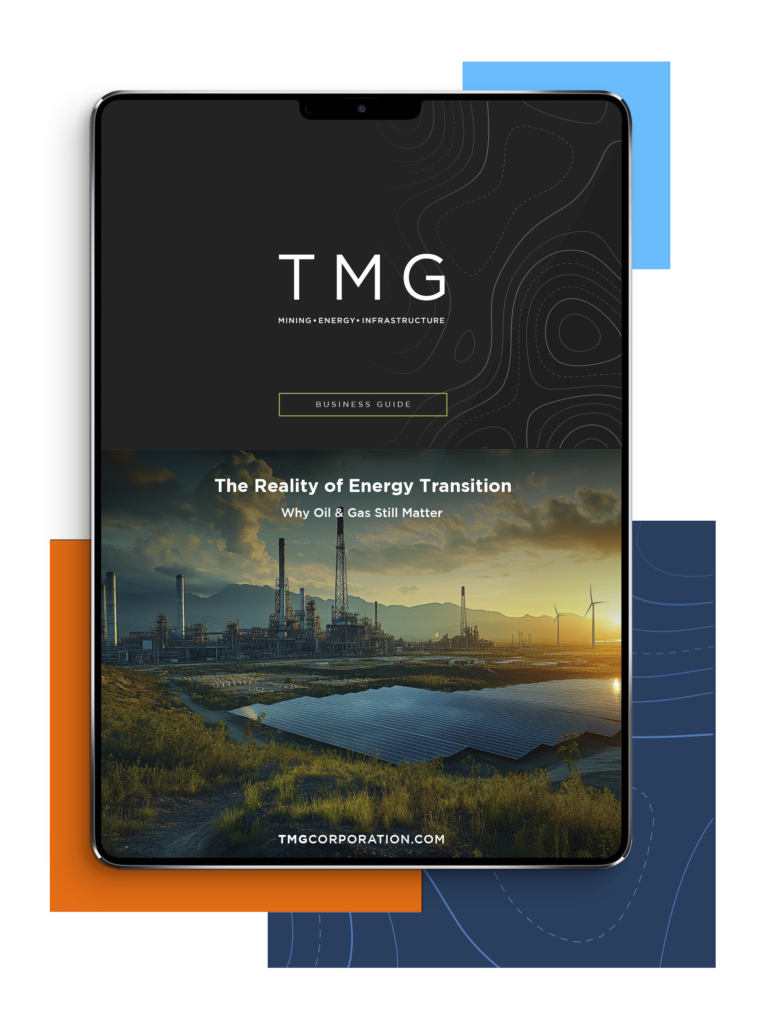Call Us Today: +1 866 205 2414
The mining sector is at a critical crossroads as global industries work toward decarbonization and sustainable development. Once viewed primarily through the lens of environmental impact, mining is increasingly recognized as a necessary enabler of the green economy—providing the raw materials needed for clean energy, advanced manufacturing, and modern infrastructure. However, to meet rising demand and public expectations, the sector must embrace new technologies and practices that minimize its footprint while maximizing efficiency. Today, innovation is not a luxury in mining—it’s a prerequisite for long-term success and societal acceptance.
The transition to a low-carbon economy drives demand for minerals like lithium, copper, cobalt, nickel, and rare earth elements, all critical to batteries, wind turbines, solar panels, and electric vehicles. At the same time, traditional commodities like iron ore, potash, and uranium remain essential to agriculture, construction, and baseload power.
This dual demand—supporting the old and new economies—requires the mining sector to scale production responsibly. The challenge is to do so while supporting economic growth without compromising environmental integrity, local ecosystems, or community health.
New technologies are radically improving the sustainability of mining operations. These advancements target everything from emissions reduction and water conservation to waste management and site rehabilitation.
Examples include:
These innovations improve environmental performance, boost productivity, and lower operational costs, creating a win-win scenario for operators and stakeholders alike.
Many of the world’s leading mining companies have set net-zero targets, recognizing that climate performance will increasingly affect access to capital, community support, and global competitiveness. Achieving these targets often includes investing in the following:
Some mining sites are even exploring carbon-neutral certification for their products, especially in premium markets that demand environmentally responsible sourcing—such as battery-grade nickel or low-carbon aluminum.
Integrating climate-focused innovation is moving mining closer to a model that aligns with broader national and international climate goals.
Tailings storage has long been one of the industry’s most visible and controversial environmental risks. However, new standards, spurred by past catastrophic failures, are pushing companies to invest in safer, more sustainable tailings management systems.
This includes:
Improved tailings management protects communities and ecosystems and reduces liabilities, regulatory risk, and insurance costs for mining companies.
Modern mining companies are under increasing pressure to be transparent in their environmental, social, and governance (ESG) performance. Investors, customers, and communities want proof that companies are delivering on their sustainability promises.
Digital platforms and automation tools are making it easier to:
These innovations in reporting and transparency are helping forward-thinking companies differentiate themselves, attract capital, and build stronger relationships with stakeholders.
Sustainability-focused innovation in mining often emerges through collaborative efforts—between companies, governments, technology providers, and academic institutions. Public-private partnerships support pilot projects, clean-tech incubators, and research centers focused on green mining technologies.
Governments play a crucial role by offering:
By investing in innovation ecosystems, mining-rich regions can lead in resource production and responsible extraction technologies—positioning themselves as global leaders in sustainable development.
Sustainability is no longer a public relations strategy—it’s a core business strategy. Mining companies that adopt green technologies and responsible practices gain faster access to capital, project approvals, and premium global markets.
They’re also better positioned to manage risk, avoid reputational damage, and secure long-term contracts with manufacturers seeking ethically and sustainably sourced materials. As environmental standards rise worldwide, early adopters of innovation will benefit from regulatory compliance and market preference.
At TMG, we help mining companies turn sustainability goals into operational reality. Our team supports clients in integrating new technologies, optimizing environmental performance, and building infrastructure that meets the demands of modern mining. Whether you’re pursuing electrification, advanced tailings systems, or net-zero planning, we deliver the expertise needed to align innovation with profitability.
If you’re ready to position your mine—and your company—for the future of sustainable resource development, contact TMG today. Together, we’ll build a strategy that drives growth while respecting the planet.


President
Kenny MacEwen is President of TMG and a senior execution leader with over two decades of experience delivering complex projects across the mining, energy, and infrastructure sectors. With a foundation in mechanical engineering and a track record spanning both Owner and consulting roles, Kenny has led multidisciplinary teams through all phases of the project lifecycle—from early studies and permitting support through detailed engineering, construction, and commissioning. His experience includes overseeing large-scale programs at New Gold and Centerra Gold Inc., where he aligned technical, commercial, and operational objectives across high-value global portfolios.
At TMG, Kenny leads the integration of project delivery frameworks that support Owner-side governance, stakeholder engagement, and cross-functional execution. He is deeply involved in developing workface planning models, ensuring interface risks are actively managed, and advancing readiness strategies that position assets for seamless transition to operations. His leadership extends across EPC coordination, budget stewardship, and the application of risk-adjusted scheduling tools to maintain project momentum. Kenny is recognized for fostering team cohesion in high-pressure environments while ensuring technical rigor and delivery accountability remain front and center.